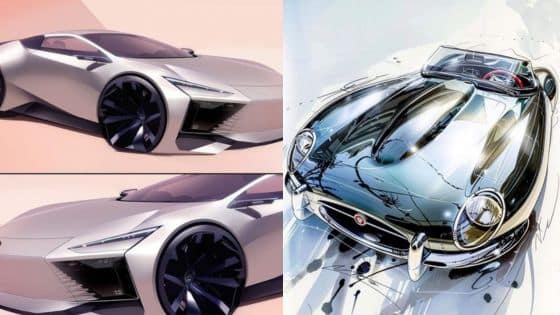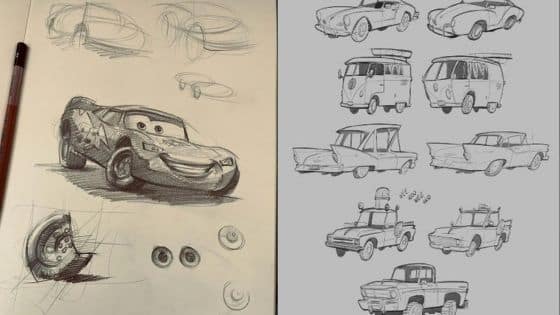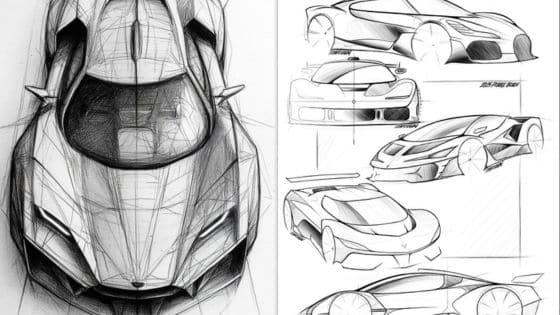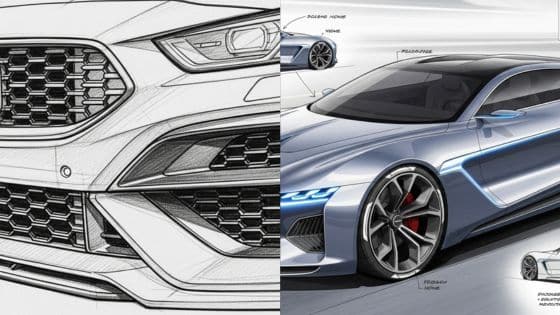Sketching a sports car can be a fun way to practice drawing and improve artistic skills. Many people find it hard at first, but with simple steps and the right tips, anyone can create a cool and realistic sports car sketch. The key is to break the drawing into easy parts and focus on shapes and proportions.
This guide helps readers learn how to draw a sports car by showing clear instructions anyone can follow. It covers basic techniques, such as sketching the body, wheels, and details that make the car look fast and sleek. With a bit of patience and practice, drawing a sports car can become an enjoyable and satisfying art project.
The process doesn’t have to be complicated, and beginners can start with simple shapes before adding details. This makes it easier to capture the style and speed that make sports cars exciting to draw and watch.
Basics of Sports Car Sketching
Drawing a sports car starts with knowing its main shapes and proportions. Choosing the right pencils and paper helps make the sketch cleaner. Beginning with simple geometric forms lays a strong base before adding details.
Understanding Sports Car Proportions
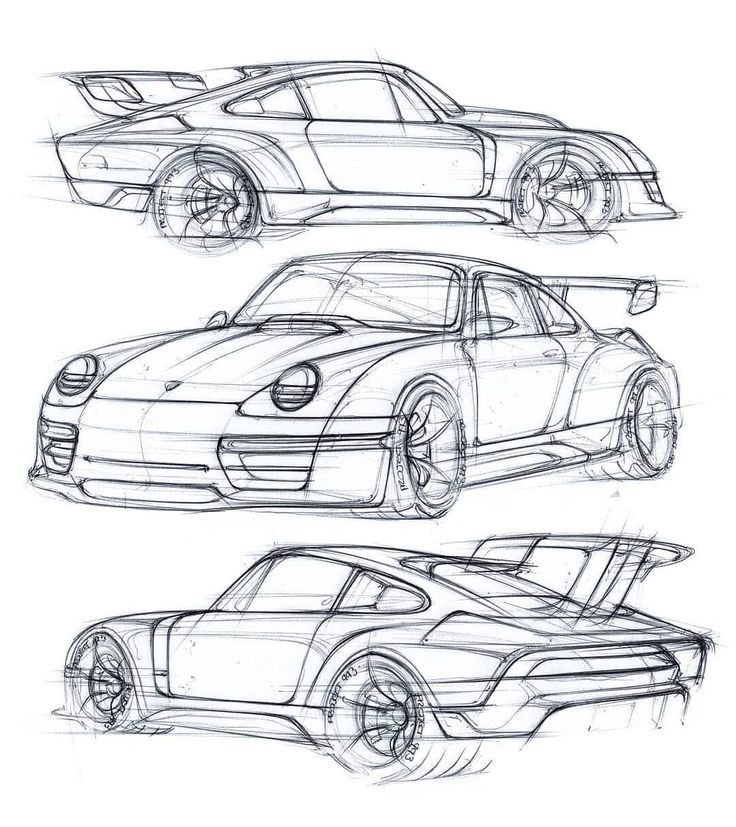
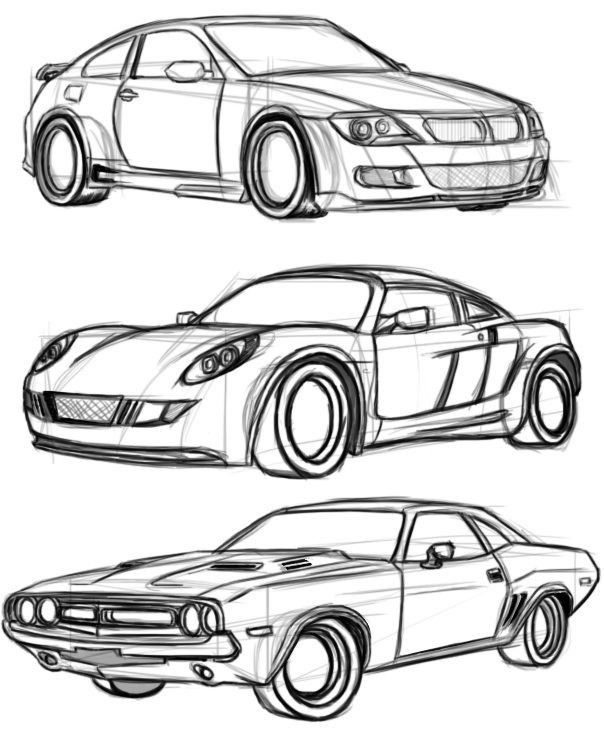
Sports cars usually have a low, wide body with a long hood and a short rear. The wheels are large and often placed near the corners to give a stable look. Getting these proportions right is key to making the car look balanced.
The roofline is sleek and low, curving smoothly from front to back. The front part is often longer than the rear, which adds to the sporty style. Sketching the car’s side view first can help understand these shapes clearly.
Measuring distances between parts like the wheelbase, cabin, and hood ensures everything fits together. Using light guide lines helps keep proportions correct while drawing.
Selecting the Right Tools
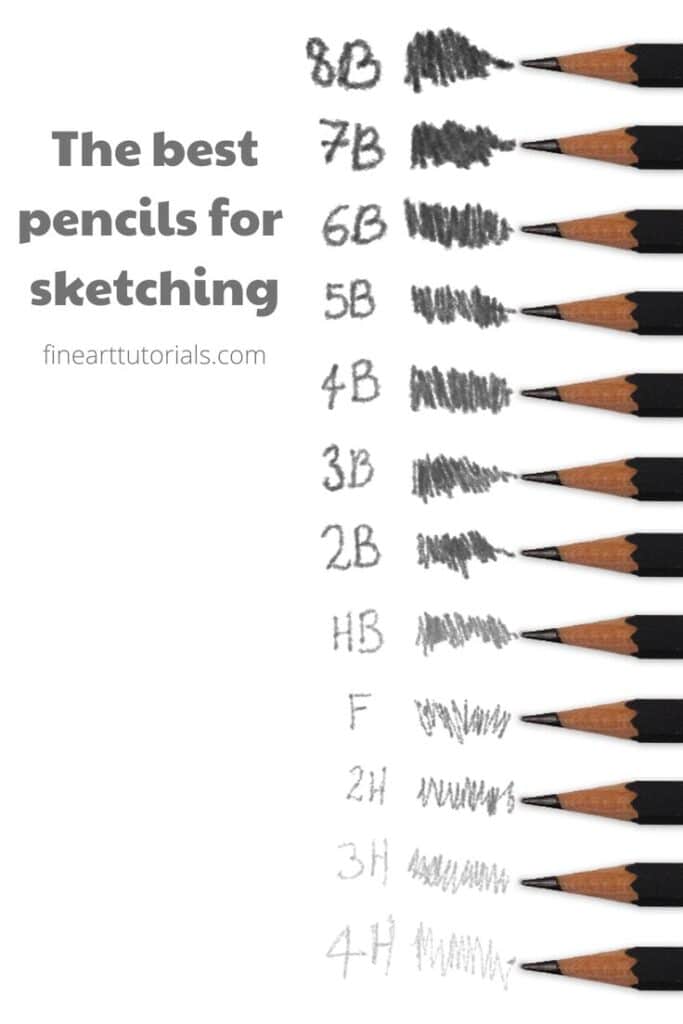
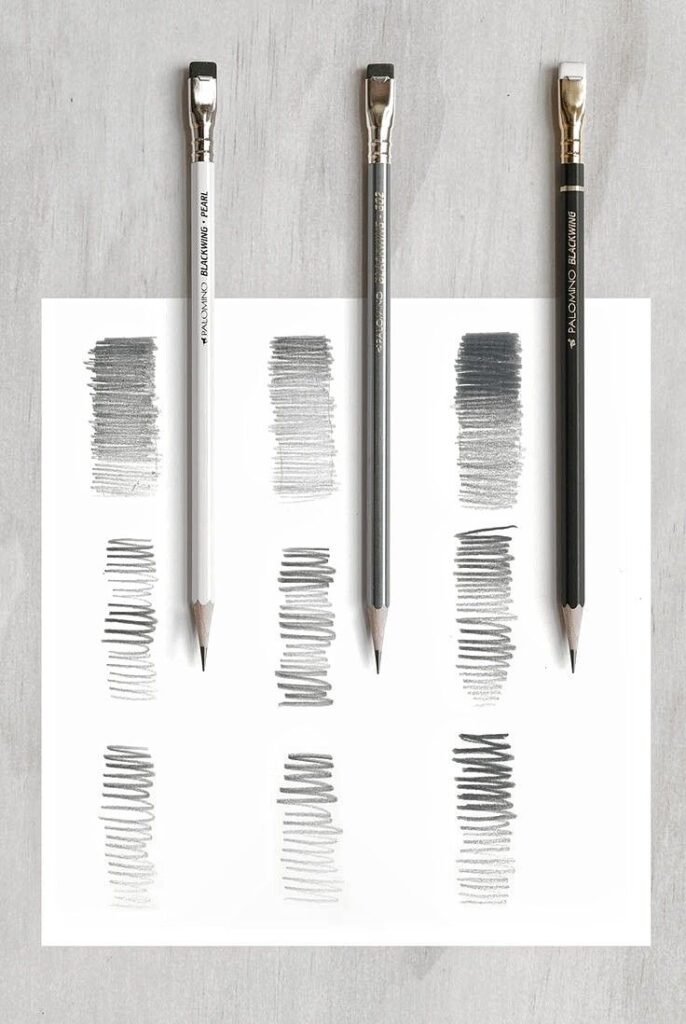
A set of pencils with different hardness levels works best. Hard pencils (H range) make light and precise lines, while soft pencils (B range) help with shading and darker areas.
Thick drawing paper is good for erasing and redrawing without tearing. A kneaded eraser is useful for lifting graphite gently without smudging the paper.
Using a ruler or straight edge can help with sharp lines and details. Optional tools like blending stumps smooth out shaded areas. Starting simple with these basic tools keeps the drawing process easier.
Drawing Fundamental Shapes
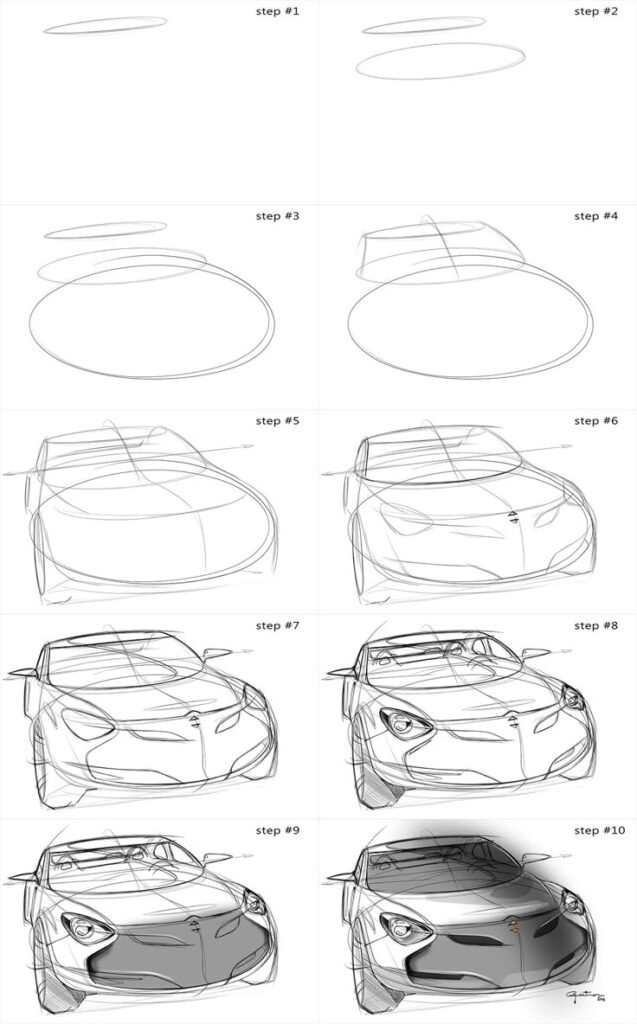
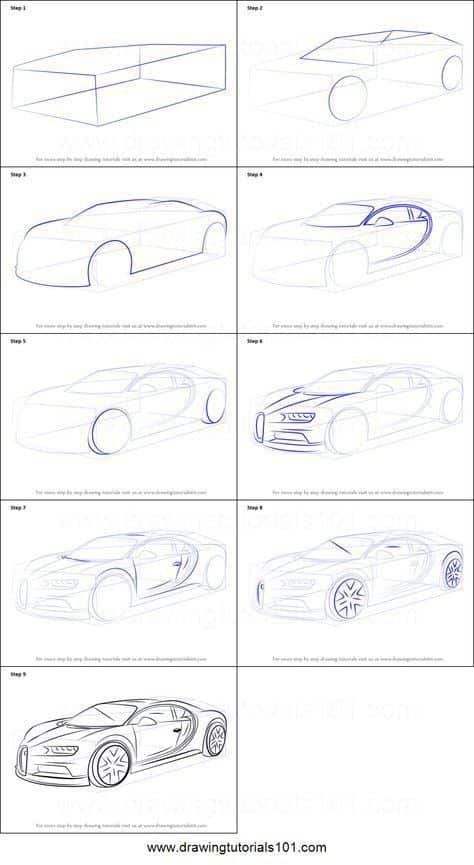
Sports cars can be broken down into basic shapes like rectangles for the body, circles for wheels, and triangles for angled parts. This method helps artists see the car as a group of simple forms.
Start by sketching these shapes lightly to set the car’s overall position and size. Then, connect and refine the shapes by adding curves and edges to match the car’s design.
Focusing on the main shapes first avoids getting overwhelmed by small details. It also makes fixing mistakes easier early on. Once the basic shapes look right, details like headlights, windows, and grills can be added with more confidence.
Step-by-Step Sports Car Sketching Techniques
To sketch a sports car well, it’s important to start with the basic shape and body layout. Then, adding smooth, flowing lines will give the car motion and life. Finally, carefully outlining the main parts like wheels, windows, and headlights helps make the drawing clear and detailed.
Constructing the Car’s Body
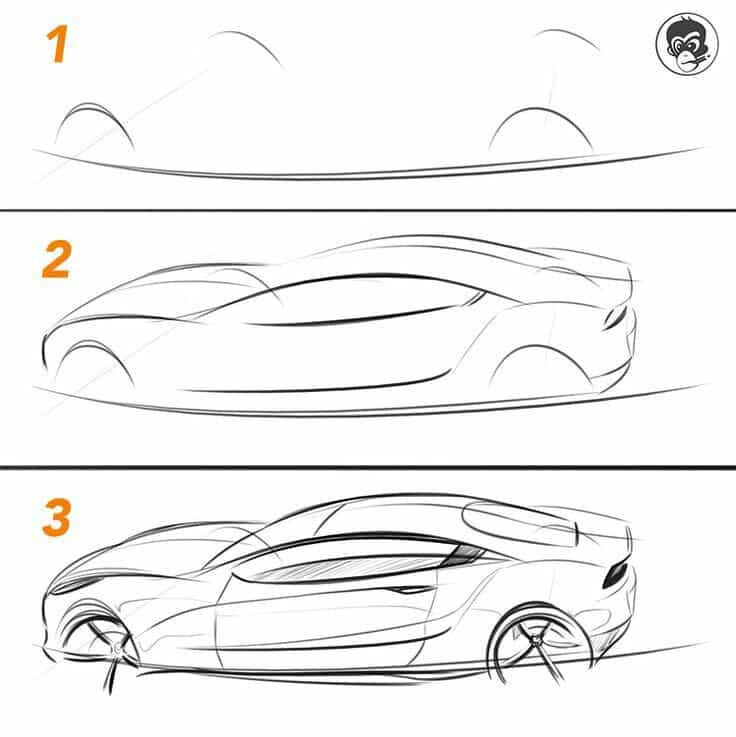
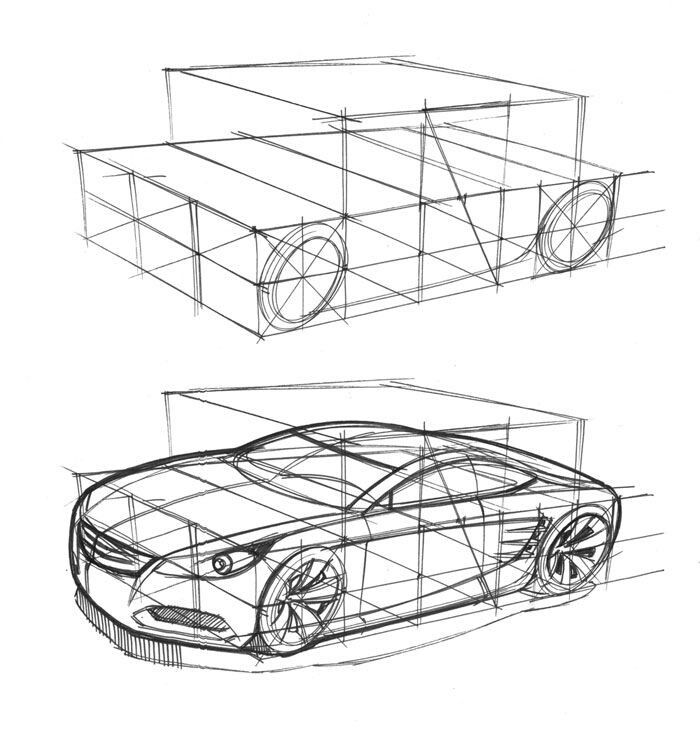
The first step is to draw the rough shape of the sports car. Start with simple geometric shapes like rectangles and ovals to map out the main parts: the body, roof, and wheels.
Focus on the car’s proportions. Sports cars usually have a low, wide body and a sleek, curved roof. The wheels should be large and placed near the front and back edges.
Use light pencil strokes to create this basic framework. Avoid pressing too hard, so changes can be made easily. This shape acts like a skeleton for the entire sketch.
Sketching Dynamic Lines and Flow
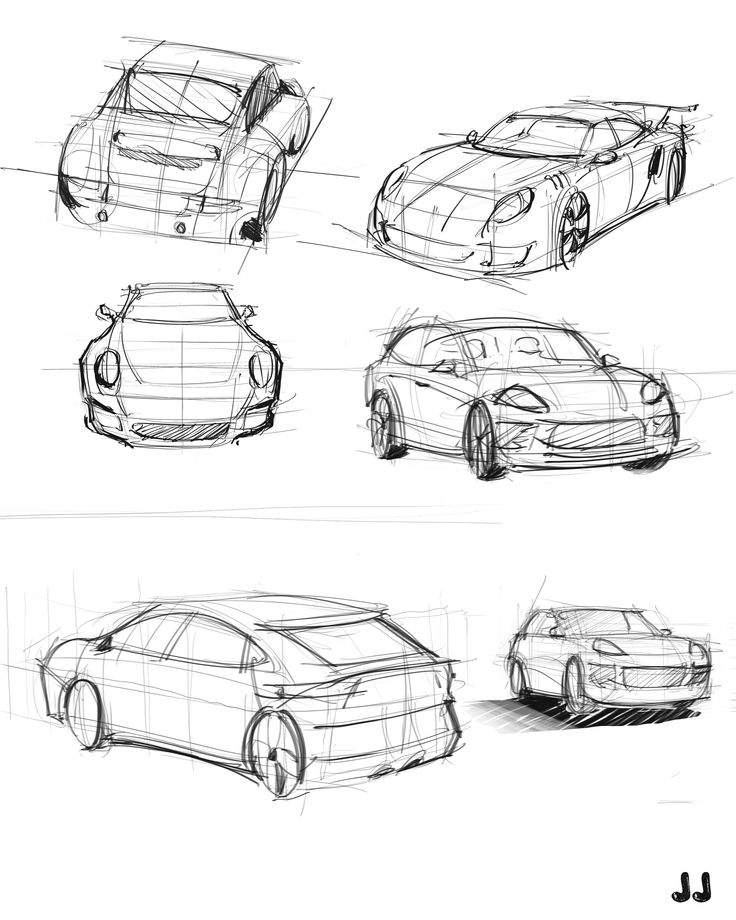
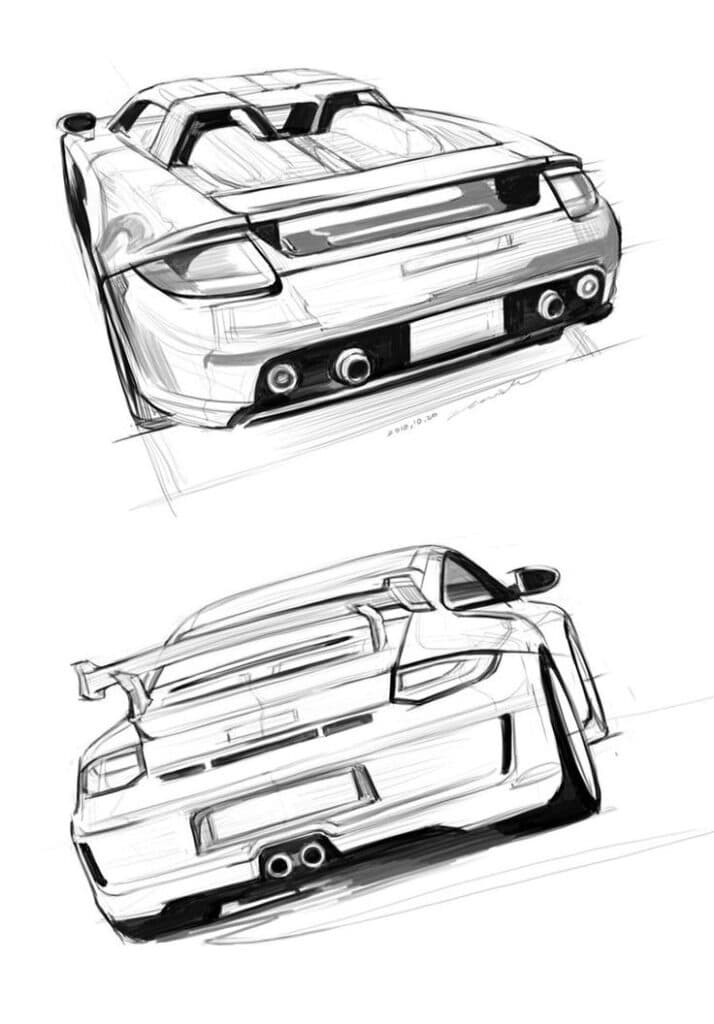
Next, add lines that show movement and style. These lines follow the car’s curves and help make it look fast even when still.
Draw smooth, sweeping lines along the sides and hood. These lines should connect the shapes from the first step and highlight the car’s streamlined form.
Use curved and angled lines to suggest patches of light and shadow. This makes the car look less flat and more three-dimensional.
Avoid cluttering the sketch; keep the lines clean and purposeful to maintain a sense of speed.
Outlining Key Features
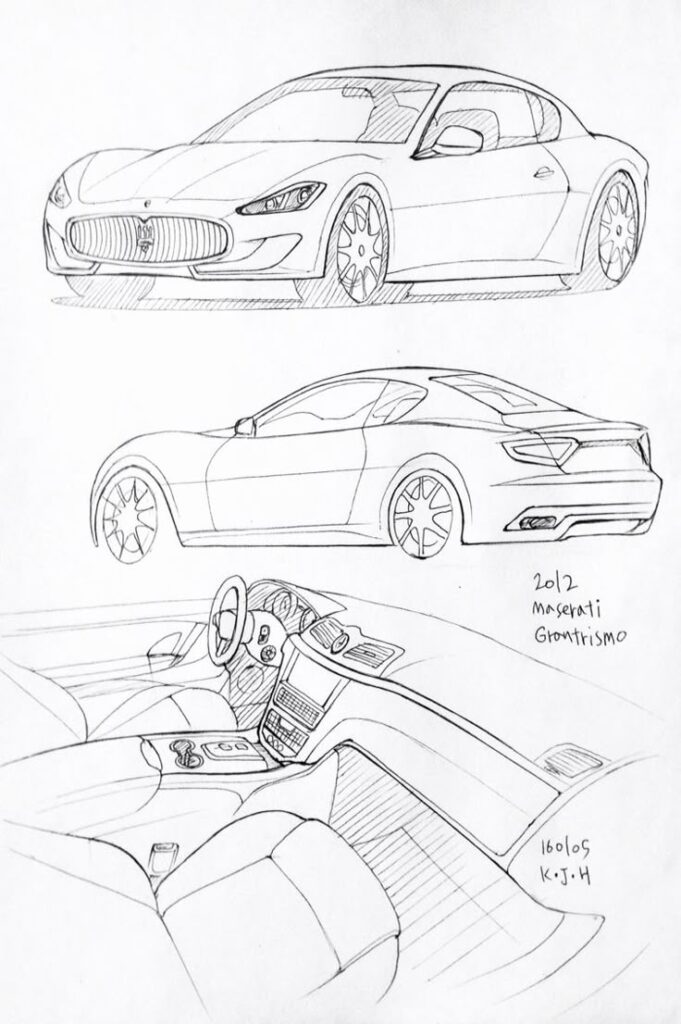
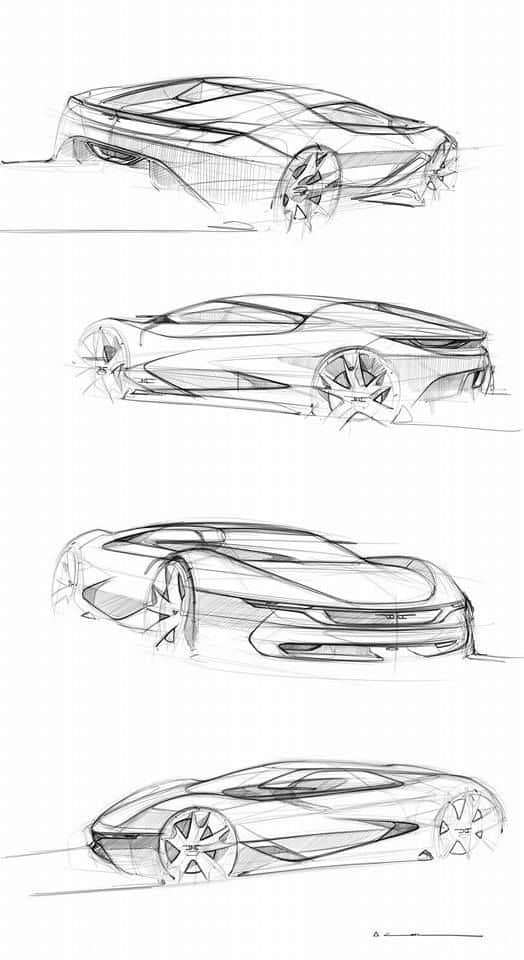
Once the body and flow lines are set, detail the important parts. Start with the wheels—draw their rims and spokes clearly but simply.
Add the windows with clear shapes that fit the car’s contour. Sketch the headlights, grille, and mirrors next. These details define the car’s character.
Use a darker pencil or pen to outline the final lines. Erase unnecessary sketch lines to keep the drawing neat.
Adding small details like door handles and air vents can improve realism but keep it balanced to avoid overworking the sketch.
Adding Realism and Refinement
To make a sports car sketch look believable, attention to detail is key. The shine on the body, the shape of the wheels, and the play of light and shadow all add depth. These elements help bring the sketch to life and give it a polished feel.
Rendering Glossy Finishes
A glossy finish shows the smooth, shiny surface of a sports car. To achieve this, the artist should observe how light reflects on the car’s paint. Use soft, curved strokes to mimic reflections and highlights on the body.
Start by shading the overall shape lightly. Then add bright white spots where the light hits directly. Avoid drawing the reflections as straight lines. Instead, follow the curves of the car to keep the surface looking smooth.
Using blending techniques helps create a seamless shine. Blending with a tissue or blending stump softens edges. This makes the paint look like it has a polished, glass-like surface.
Designing Wheels and Rims
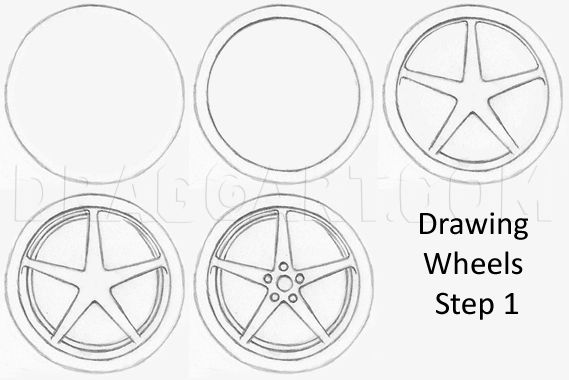
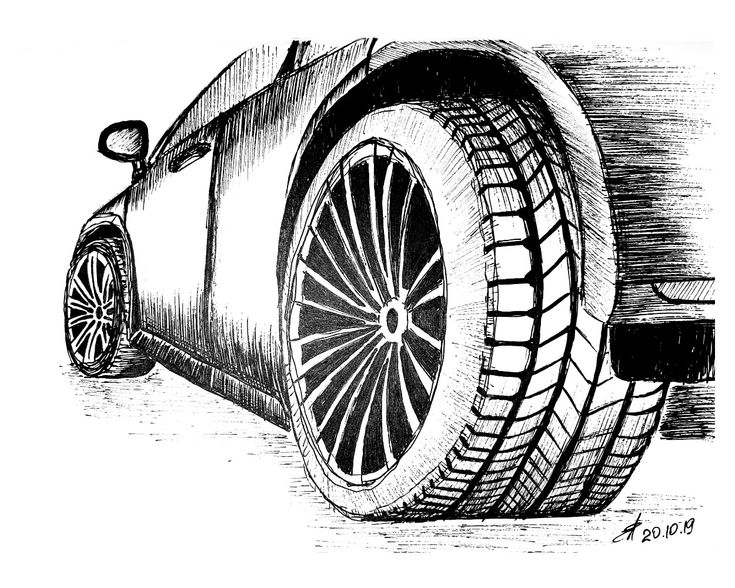
Wheels and rims are important details that add character to a sports car sketch. Begin by drawing perfectly round wheels. Using a compass or sketching freehand with care can help in getting an even circle.
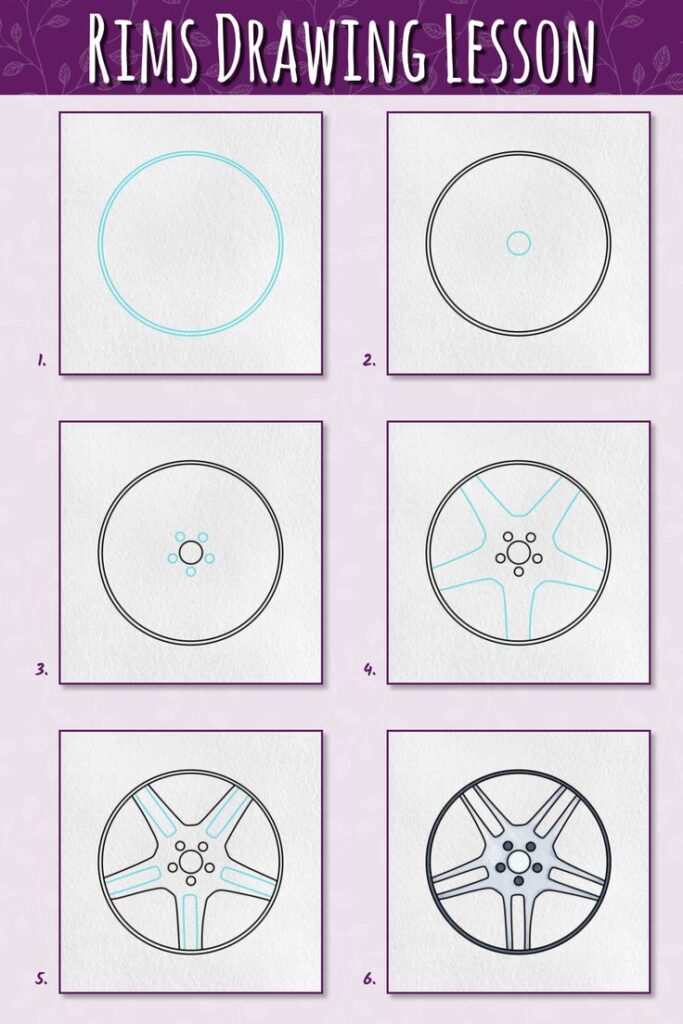
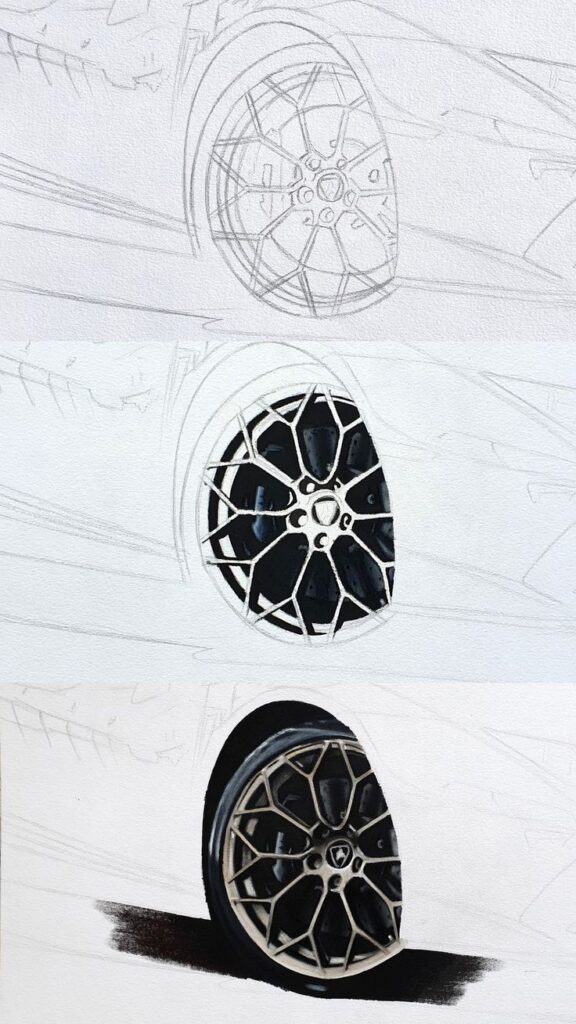
Rims have many shapes and patterns, from simple spokes to intricate designs. Focus on symmetry and balance when drawing these parts. Use light lines to map out the shapes before darkening the details.
Adding depth means showing the rim’s thickness and the tire’s profile. Shade around the edges of the tire to make it look three-dimensional. Highlight the metal parts by adding soft shines where light would naturally fall.
Applying Shadows and Highlights
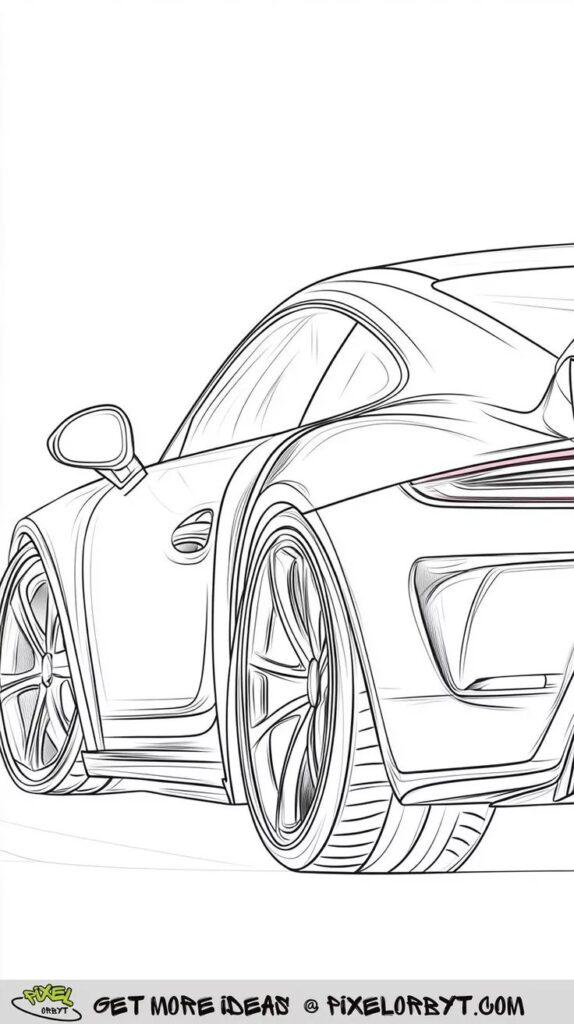
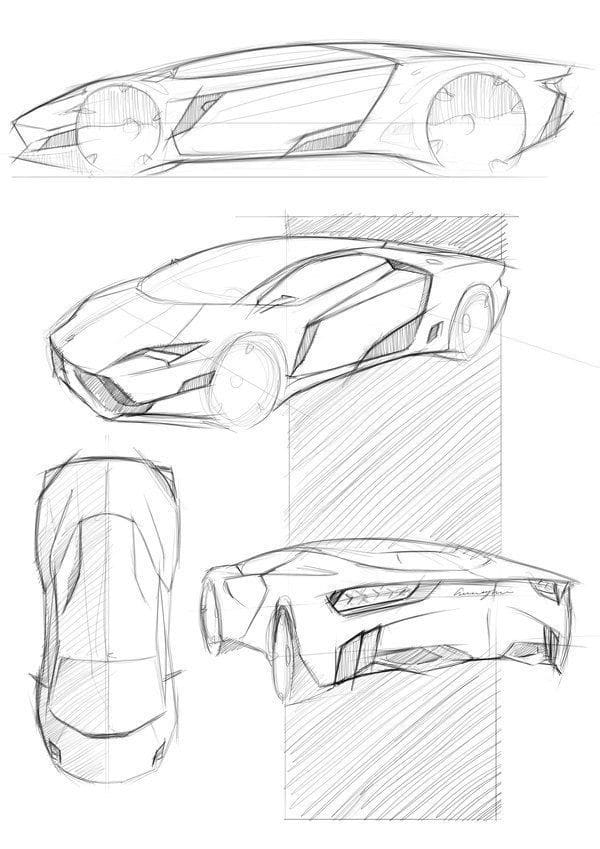
Shadows and highlights create contrast, making the sketch more lifelike. Place shadows under the car and near areas where parts overlap, like wheel wells or around spoilers.
Identify a consistent light source. Shadows should follow this direction and help define the car’s shape. Use darker shading for deep shadows and lighter strokes for softer ones.
Highlights appear where the light strikes the strongest surfaces. These add dimensionality. Use small, bright spots or thin curves of white to show glare on metal and glass.
By balancing shadows and highlights, the artist gives the sketch a sense of volume and realism.
Creative Tips for Unique Sports Car Designs
Being creative with sports car sketches means adding new shapes, lines, and colors that stand out. Exploring fresh ideas helps make a design more interesting and personal. Focusing on unique styling and bold color choices can bring a sketch to life and catch people’s attention.
Incorporating Original Styling Elements
Adding original styling is key to making a sports car design unique. Designers often start by changing the shape of the headlights or adding sharp, aggressive lines along the body. Curves and angles can be combined in new ways to give the car a distinct personality.
Playing with features like spoilers, vents, and wheel shapes can also change the overall look. A designer might sketch oversized rims or create unique side mirrors. Thinking about how the car’s shape interacts with light and shadow helps add depth to the design.
Experimenting With Color and Materials
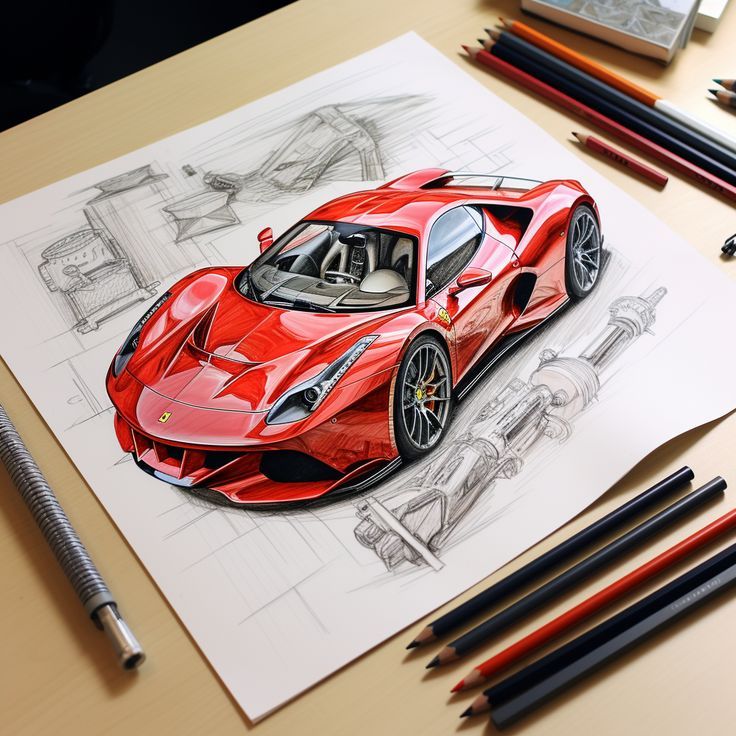
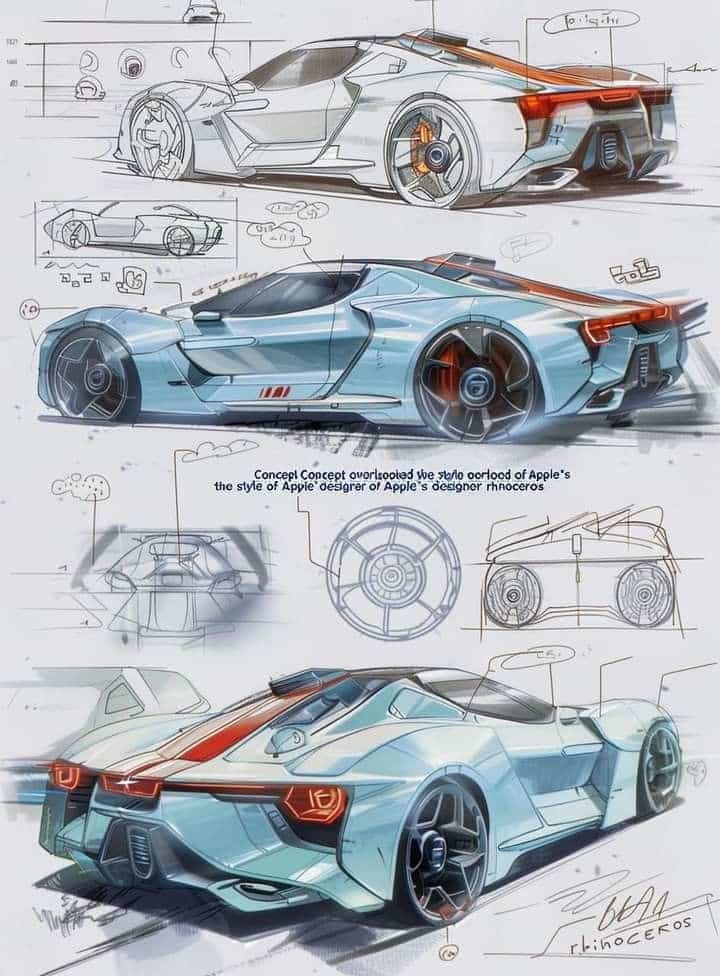
Color choice is an easy way to make a car sketch stand out. Using contrasting colors or metallic shades can create eye-catching effects. For example, a bright red body with black accents is classic, but pairing neon colors or matte finishes offers a different vibe.
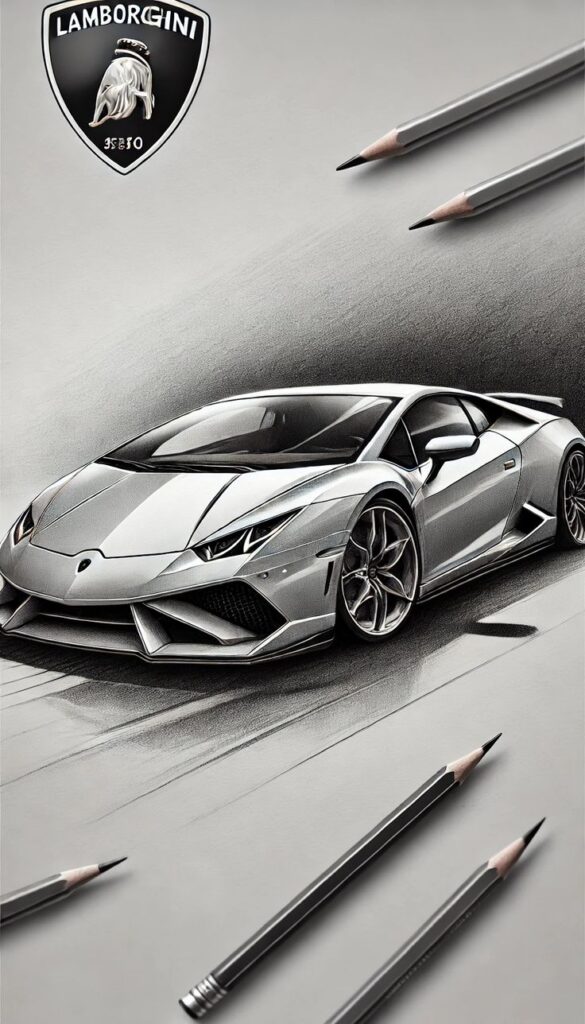
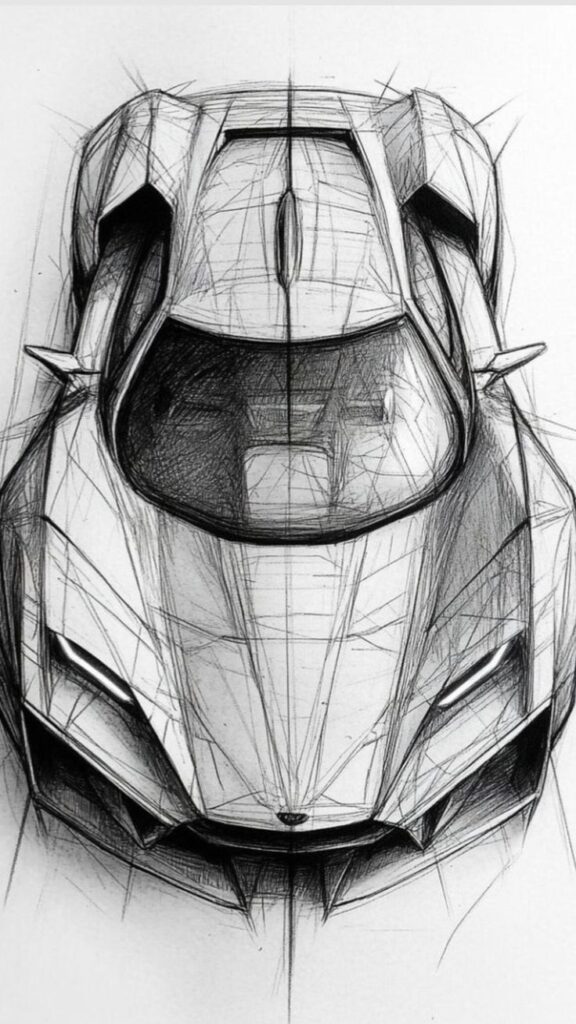
Materials like carbon fiber or brushed metal can be suggested through texture in the sketch. Showing reflections or roughness adds realism and style. Mixing glossy and matte surfaces emphasizes the car’s form and highlights important design areas.
Color ideas:
| Type | Effect |
|---|---|
| Glossy finish | Reflects light, looks sleek |
| Matte finish | Soft, modern feel |
| Metallic | Shiny, high-tech appearance |
| Neon | Bold, futuristic look |
- 871shares
- Facebook0
- Pinterest868
- Twitter3
- Reddit0








